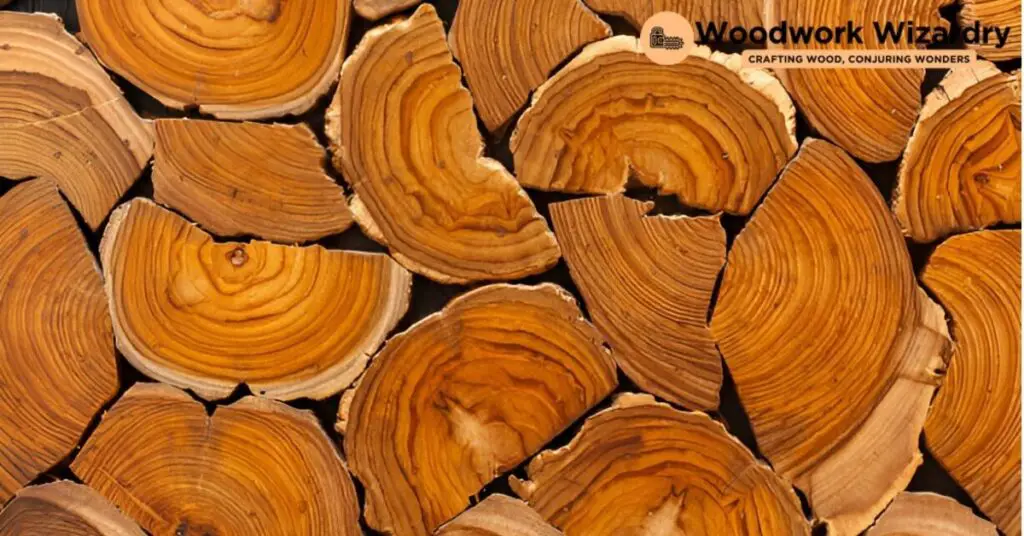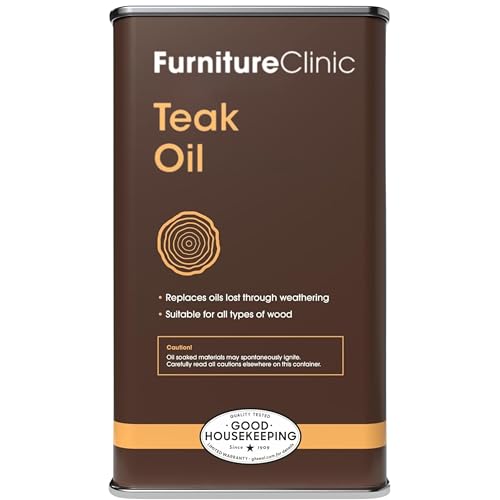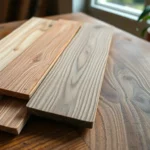Have you ever wondered why teak wood commands such a high price tag? It’s not just another type of wood; it’s a symbol of luxury and durability that has captivated the hearts of furniture lovers and builders alike. Let’s dive into the world of teak wood, exploring the reasons behind its prestigious status and hefty cost.
Teak wood boasts qualities that set it apart from other materials, making it a sought-after resource for outdoor furniture, boats, and even flooring. Its natural oils and dense grain not only give it a beautiful, rich color but also provide resistance to pests, rot, and weathering. Join us as we unravel the mysteries of teak wood’s value, shedding light on what makes this timber worth its weight in gold.
Understanding Teak Wood
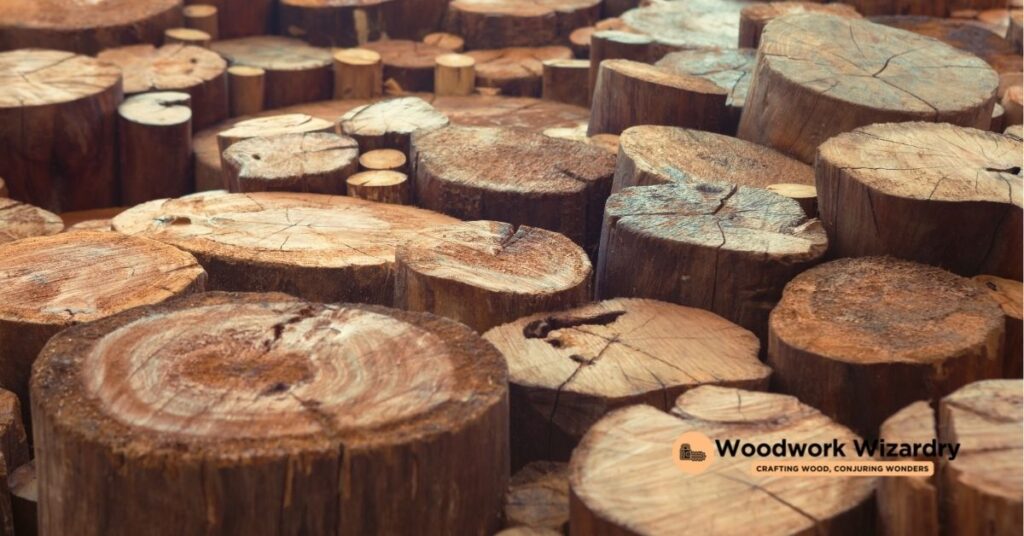
Diving deeper into the characteristics of teak wood, it’s essential to understand what sets it apart from other materials. Teak is a tropical hardwood that originates from Southeast Asia, flourishing in the monsoon climates of countries like India, Thailand, and Indonesia. Its unique attributes stem from the specific environment in which it grows, contributing to its scarcity and consequently, its high cost.
The growth process of teak trees plays a significant role in their value. These trees take approximately 20 to 25 years to reach full maturity. During this time, they develop a dense, hard grain and accumulate natural oils that protect the wood. These oils are pivotal; they make teak wood exceptionally resistant to water, pests, and decay. This resilience is why teak is the material of choice for outdoor furniture and boats, as it can withstand harsh weather conditions without losing its integrity or beauty.
Another aspect that contributes to the expense of teak wood is its maintenance. Unlike other woods, teak requires minimal upkeep. Its natural oils keep it from splintering, warping, or becoming brittle over time. This low maintenance feature means that teak items can last for decades, even centuries, with very little care, making them a long-term investment for consumers.
Harvesting teak wood is also more labor-intensive and regulated compared to other types of wood. Due to concerns about deforestation and environmental impact, teak harvesting is strictly controlled, especially in countries like Myanmar, which is one of the largest exporters of teak. These regulations ensure sustainable growth and harvesting but also limit the supply, driving up the price.
The unique combination of teak wood’s slow growth rate, natural protective oils, durability, low maintenance, and strict harvesting regulations contribute to its prestigious status and high cost. These factors ensure that teak remains a luxurious, sought-after material for those looking to invest in quality furniture and other products that stand the test of time.
Reasons Behind the High Cost of Teak Wood
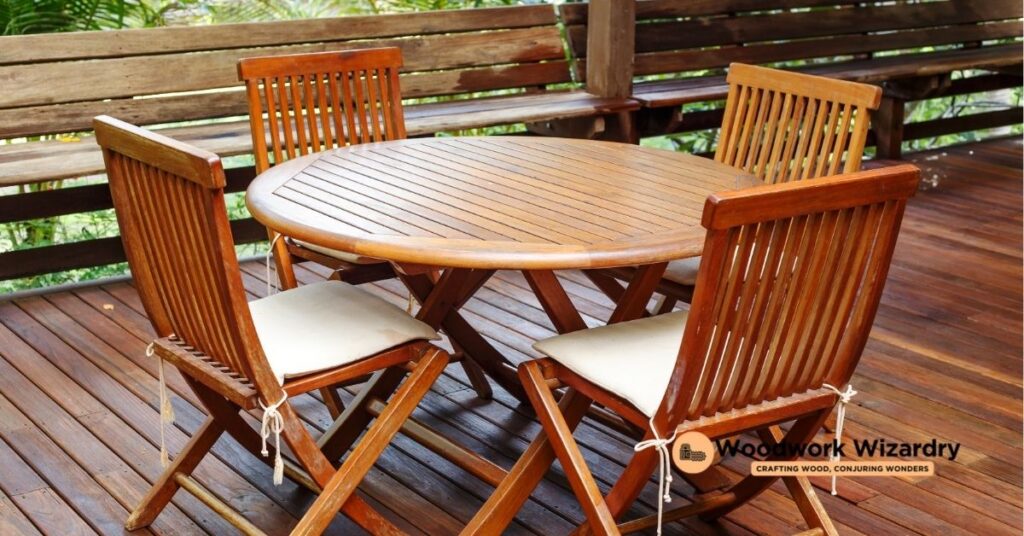
Diving deeper into the specifics, several key factors contribute to teak wood’s high cost. First off, the growth cycle of teak plays a significant role. As mentioned, teak trees take about 20 to 25 years to reach full maturity. This slow growth ensures the wood develops its characteristic dense grain, but it also means that a long-term investment is required before any return can be seen. Farmers and countries that grow teak need to commit land and resources for decades, and this long waiting period limits the supply of mature teak wood, driving up its price.
Furthermore, the specific climate requirements for teak wood to thrive add to its rarity and cost. Teak does not just grow anywhere; it needs a particular environment found only in certain tropical regions. Countries like Myanmar, which is one of the largest suppliers of teak wood, are facing deforestation issues, leading to stricter regulations on teak wood harvesting. These necessary regulations ensure the sustainability of teak wood but also tighten its supply on the global market.
Another pivotal reason for teak wood’s expensiveness is its superior qualities. Teak wood’s natural oils make it resistant to water, pests, and decay — attributes that are highly sought after in outdoor furniture, boat building, and in any application where durability is key. This resistance means that products made from teak require less maintenance over their lifespan compared to products made from other woods, translating to savings in care and repairs. However, the initial cost of obtaining teak makes it a luxury item.
The cost of transporting teak also cannot be overlooked. Since the main sources of teak are in Southeast Asia, the transportation costs to other parts of the world can significantly add to its price. Shipping heavy wood across oceans is expensive, and those costs are passed down to the consumer, making teak products an even more premium material outside Asia.
Combining these factors, from the lengthy and resource-intensive cultivation process, geographical limitations, stringent harvesting regulations, to its unparalleled natural qualities and transportation costs, it’s clear why teak wood holds such a high value in the market. These elements ensure that teak remains a prestigious material, symbolizing luxury and longevity in furniture and construction projects around the globe.
Comparing Teak to Other Woods
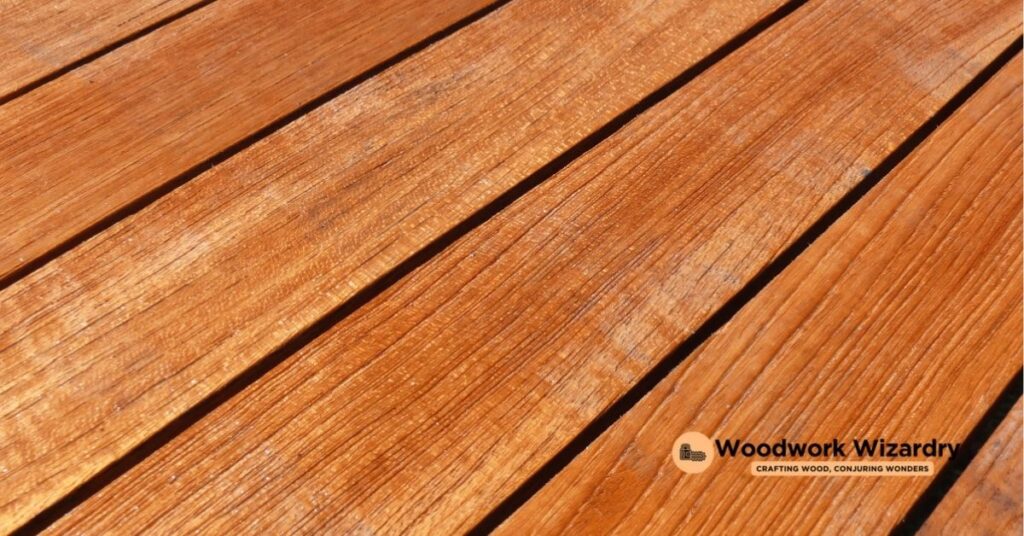
Building on the unique attributes and factors that escalate teak wood’s price, it’s enlightening to compare teak with other popular woods used in furniture and construction. This comparison highlights why teak stands out and justifies its higher price point.
Oak, pine, and cedar are among the most commonly compared woods due to their frequent use in similar applications. Each of these woods has distinct characteristics that set them apart from teak and each other.
Starting with oak, known for its strength and durability, it’s a heavyweight in the construction and furniture industries. However, oak lacks the natural oils that make teak so resistant to water, pests, and decay, often requiring additional treatments to reach a similar level of outdoor durability.
Pine offers an affordable alternative with a lighter weight that eases handling and construction. Yet, pine’s softness makes it more susceptible to scratches and dents, diminishing its longevity compared to the hardy teak. Additionally, pine requires regular maintenance when used outdoors, unlike teak, which weathers beautifully with little to no care.
Cedar, prized for its aromatic qualities and natural insect-repelling properties, presents a closer match to teak’s outdoor suitability. While cedar is more resistant to decay and insects than oak and pine, its durability still falls short of teak’s decades-long lifespan.
The inherent qualities of teak—its oil content, hardness, and weather resistance—place it in a premium category. When we consider how these factors contribute to teak’s durability and low maintenance, especially in harsh outdoor environments, it becomes clear why teak commands a higher price. The comparison also underscores the fact that while other woods can serve well for various purposes, teak’s combination of beauty, durability, and maintenance-free appeal makes it an unparalleled choice for quality and luxury in furniture and construction projects.
The Role of Sustainability and Conservation
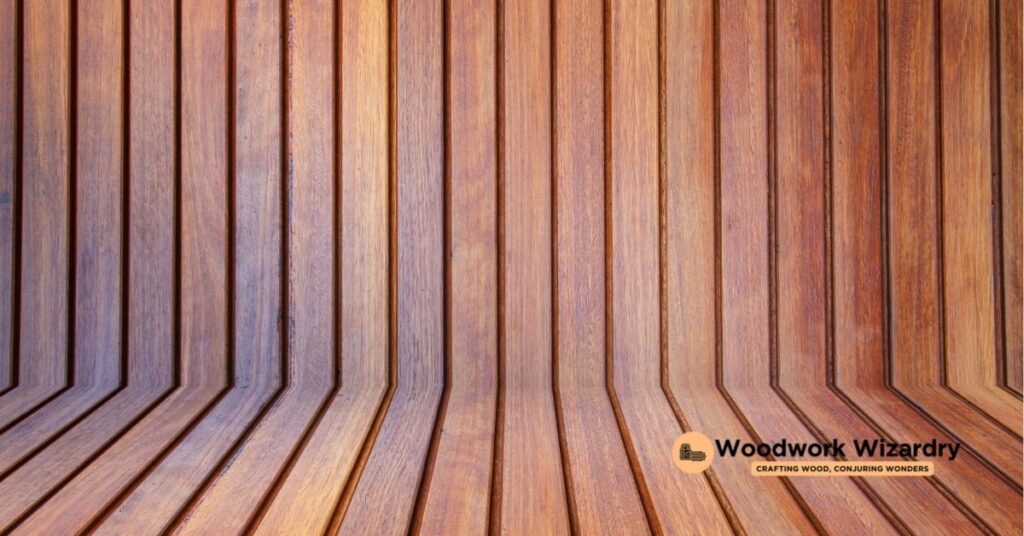
In exploring the premium status of teak wood, it’s crucial to consider the significant impact of sustainability and conservation efforts on its price. Teak trees, predominantly found in Southeast Asia, are subject to rigorous environmental regulations. These laws are put in place to ensure that teak harvesting does not contribute to deforestation and loss of biodiversity. Countries like Myanmar, once a leading exporter of teak, have imposed strict restrictions on log exports to combat illegal logging and promote sustainability.
The sustainability of teak wood revolves around its replanting and growth strategies. Responsible teak cultivation involves long-term planning, as these trees take about 50 to 60 years to mature. This extended growth period is a double-edged sword. On one hand, it ensures that teak wood maintains its high quality by allowing natural oils and dense grains to develop fully. On the other hand, it limits the frequency of harvests, further constraining supply in a market where demand consistently rises.
Moreover, conservation efforts extend beyond regulations to include certifications. Organizations such as the Forest Stewardship Council (FSC) issue certifications for teak forests managed with conservation in mind. Teak products bearing the FSC label come from well-managed forests that provide environmental, social, and economic benefits. However, obtaining such certifications involves meticulous forest management and rigorous assessments, significantly elevating production costs.
These sustainability and conservation measures, although essential for the environment and the longevity of teak wood supplies, contribute heavily to the cost of teak wood. By supporting sustainable teak, consumers are not just purchasing a piece of furniture; they’re investing in eco-friendly practices that safeguard our planet’s future. The premium price of teak wood, therefore, reflects the environmental and economic efforts involved in its cultivation and distribution, affirming its position as a luxury material that’s both durable and environmentally responsible.
How to Identify Genuine Teak Wood
In our quest to understand why teak wood is priced at a premium, it’s essential that we also learn how to distinguish genuine teak wood from imitations or lower quality woods. Identifying real teak wood can ensure that we’re investing in quality, durability, and the environmental sustainability we value. Here are key indicators to help recognize authentic teak wood:
- Examine the Grain Pattern: Teak wood has a straight grain pattern, though it can sometimes be wavy or interlocked. The uniformity and distinctiveness of the grain are often telltale signs of genuine teak.
- Check the Color: Freshly cut teak boasts a golden-brown color. However, with age, it acquires a rich, darker hue. If the wood looks too light or lacks the warm, golden tone, it might not be true teak.
- Feel the Texture: Teak has a smooth texture and a slightly oily feel, thanks to its natural oils. These oils protect the wood, making it durable and water-resistant. If the wood feels dry or rough, it’s likely not teak.
- Weight and Density: Teak is known for its density and heavyweight. If the wood piece feels unusually light, it’s probable that it’s not authentic teak.
- Observe the Wood’s Oily Residue: When rubbed, genuine teak tends to leave a slight oily residue, evidence of its natural oil content that aids in its longevity and resistance to decay and pests.
- Water Resistance Test: Genuine teak repels water due to its oil content, making water beads form on its surface. A simple test is to sprinkle water on the wood; if the water spreads out quickly, it might not be real teak.
- Look for Certification: Finally, wood with a Forest Stewardship Council (FSC) certification is more likely to be genuine. This certification ensures that the teak wood is sourced from responsible forestry practices.
These pointers not only help in identifying genuine teak wood but also reinforce the reasons behind its exclusive pricing. By ensuring we’re purchasing authentic teak, we support sustainable management of teak forests and contribute to the preservation of this luxurious material for future generations.
Conclusion
We’ve explored the myriad reasons why teak wood holds such a prestigious spot in the market. From its inherent qualities to the careful conservation efforts that ensure its availability for generations to come understanding the value of teak goes beyond its price tag. By learning how to identify genuine teak we’re not just making informed purchases but also contributing to sustainable forestry practices. So the next time we admire a piece of teak furniture let’s remember the journey it’s been on. It’s a story of luxury scarcity and responsibility all woven into the grain of this extraordinary wood.
Related Posts:
- Top Beginner-Friendly Woods: Find Your Perfect Match for Woodworking
- Top 10 Best Woods for Turning: Softwoods to Exotics
- Ultimate Guide: How to Carve a Wood Spirit – Techniques & Care
- Prevent Splitting: How to Keep Green Wood Intact
- Ultimate Guide: How to Oil a Mini Chainsaw for Peak Performance
- Easy Guide: How to Untangle a Chainsaw Chain Safely & Quickly
- Is Woodworking Hard? Debunking Myths & Mastering the Craft
- What Is a Mandrel? Exploring Its Types and Industrial Applications
- Why Is Teak Wood So Expensive? Unveiling the Reasons

